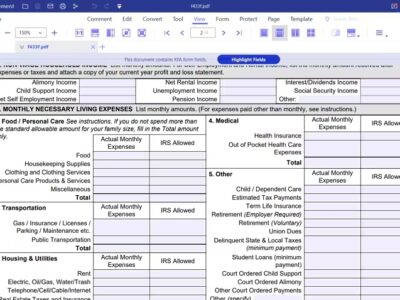
Introduction
Understanding the intricacies of life insurance and ascertaining whether you are a beneficiary is a crucial aspect of financial planning. This comprehensive guide aims to demystify the complexities surrounding life insurance policies, offering insights into the process of identifying beneficiaries. Whether you are a policyholder seeking clarity or a potential beneficiary, this article endeavours to provide a thorough understanding of navigating life insurance policies.
Life Insurance Policy Basics
To navigate the journey of determining whether you are a beneficiary, let’s first delve into the fundamental aspects of a life insurance policy:
Life insurance policies operate as a contractual agreement between an individual and an insurance company. The policyholder pays premiums, and in return, the insurance company commits to providing a death benefit to the designated beneficiaries upon the policyholder’s demise.
Understanding the distinction between the policyholder and the beneficiary is essential. The policyholder is the person who owns the policy, while the beneficiary is the individual or entity chosen to receive the death benefit.
Identifying Beneficiaries
Determining your status as a beneficiary involves a few key steps:
Review the Policy Document: The policy document is a comprehensive guide that explicitly mentions the designated beneficiaries. Obtaining a copy of the policy and carefully reviewing its details is the first step in identifying whether you are listed as a beneficiary.
Contact the Insurance Company: In cases where the policy document is unavailable or unclear, reaching out to the insurance company’s customer service is advisable. They can provide detailed information about the beneficiaries listed on the policy and clarify any queries you may have.
Life Insurance Meaning
Knowing the life insurance meaning and purpose is crucial for grasping the beneficiary designation process:
Life insurance primarily serves as a financial protection tool for the beneficiaries. In the unfortunate event of the policyholder’s death, the beneficiaries receive a predetermined sum of money, providing crucial financial support during a challenging time.
The nomination process is integral to life insurance. During the application process, the policyholder nominates specific individuals or entities as beneficiaries. This information is meticulously recorded by the insurance company, forming a crucial aspect of the policy.
Common Types of Beneficiaries
Life insurance policies often distinguish between different types of beneficiaries:
Primary Beneficiary: The primary beneficiary is the first in line to receive the death benefit. The primary beneficiary is the initial recipient designated by the policyholder.
Contingent Beneficiary: In cases where the primary beneficiary is unavailable or unwilling to claim the death benefit, the contingent beneficiary becomes eligible for the claim.
Periodic Review of Beneficiary Designations
The process of determining whether you are a beneficiary involves recognising that beneficiary designations are not static; they may change over time. Staying informed is crucial:
Circumstantial Changes: Life changes prompt updates to beneficiary designations. Major events such as marriage, divorce, or the birth of a child may prompt the policyholder to revisit and revise the listed beneficiaries.
Regular Updation: Policy updates should be a regular practice. Periodically reviewing and updating beneficiary information ensures that it aligns with the policyholder’s current wishes and reflects any changes in their life circumstances.
Understanding Policy Payouts
Knowledge about how life insurance payouts work is fundamental for beneficiaries:
Claim Process: The claims process begins when the policyholder passes away. Beneficiaries need to file a claim with the insurance company to initiate the process.
Documents Submission: Submission of the death certificate is typically required for the claims process to proceed smoothly. This official document serves as crucial evidence in confirming the policyholder’s demise.
Addressing Common Concerns
Common concerns often arise regarding life insurance and beneficiaries:
Communication: Effective communication between the policyholder and beneficiaries is crucial. Transparent and open communication helps avoid misunderstandings and ensures that all parties are on the same page regarding the life insurance policy.
Legal Assistance: In complex situations or disputes, seeking legal advice may be necessary. Legal assistance can provide clarity and guidance, especially when navigating the intricacies of life insurance payouts.
Conclusion
In conclusion, the process of determining whether you are a beneficiary of a life insurance policy involves a meticulous review of the policy fine print, proactive communication with the insurance company, and a comprehensive understanding of the policyholder’s intentions. Life insurance is a powerful financial tool designed to provide security and support during challenging times. Clarity in beneficiary arrangements is paramount, emphasizing the importance of staying informed and periodically updating beneficiary designations to align with the policyholder’s evolving wishes. Whether you are a policyholder or a potential beneficiary, this guide seeks to empower you with the knowledge needed to navigate the complexities of life insurance with confidence.











